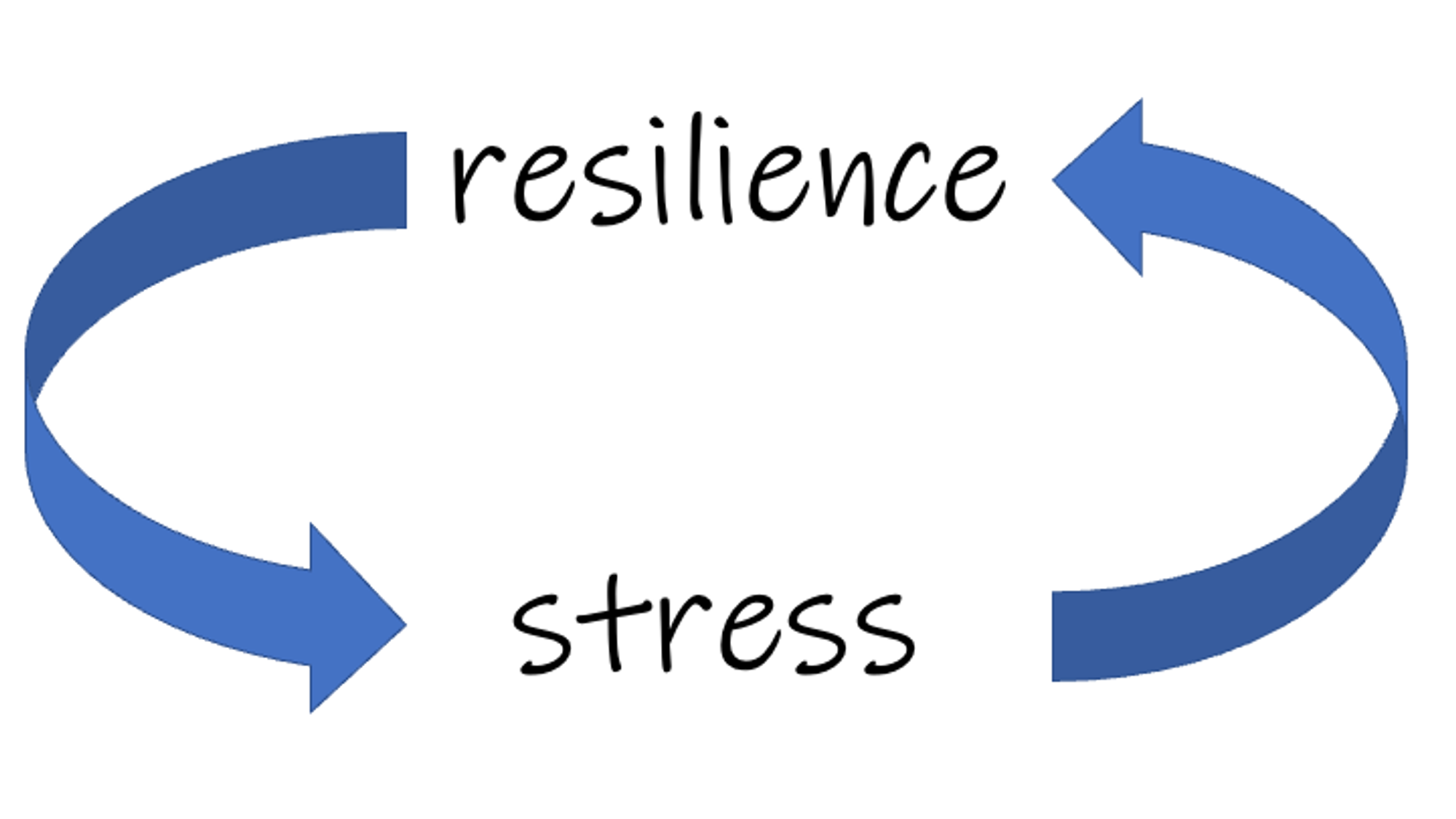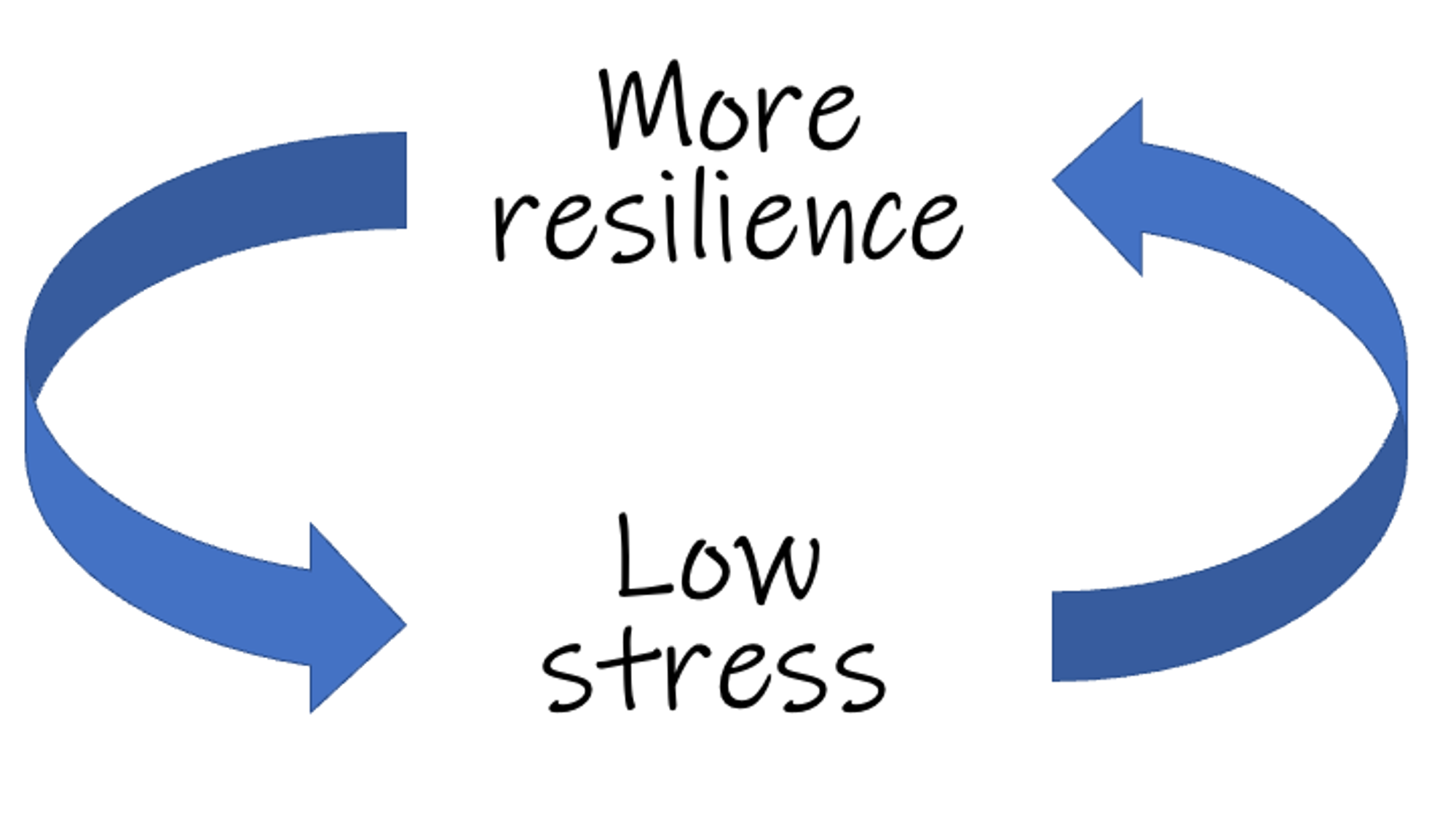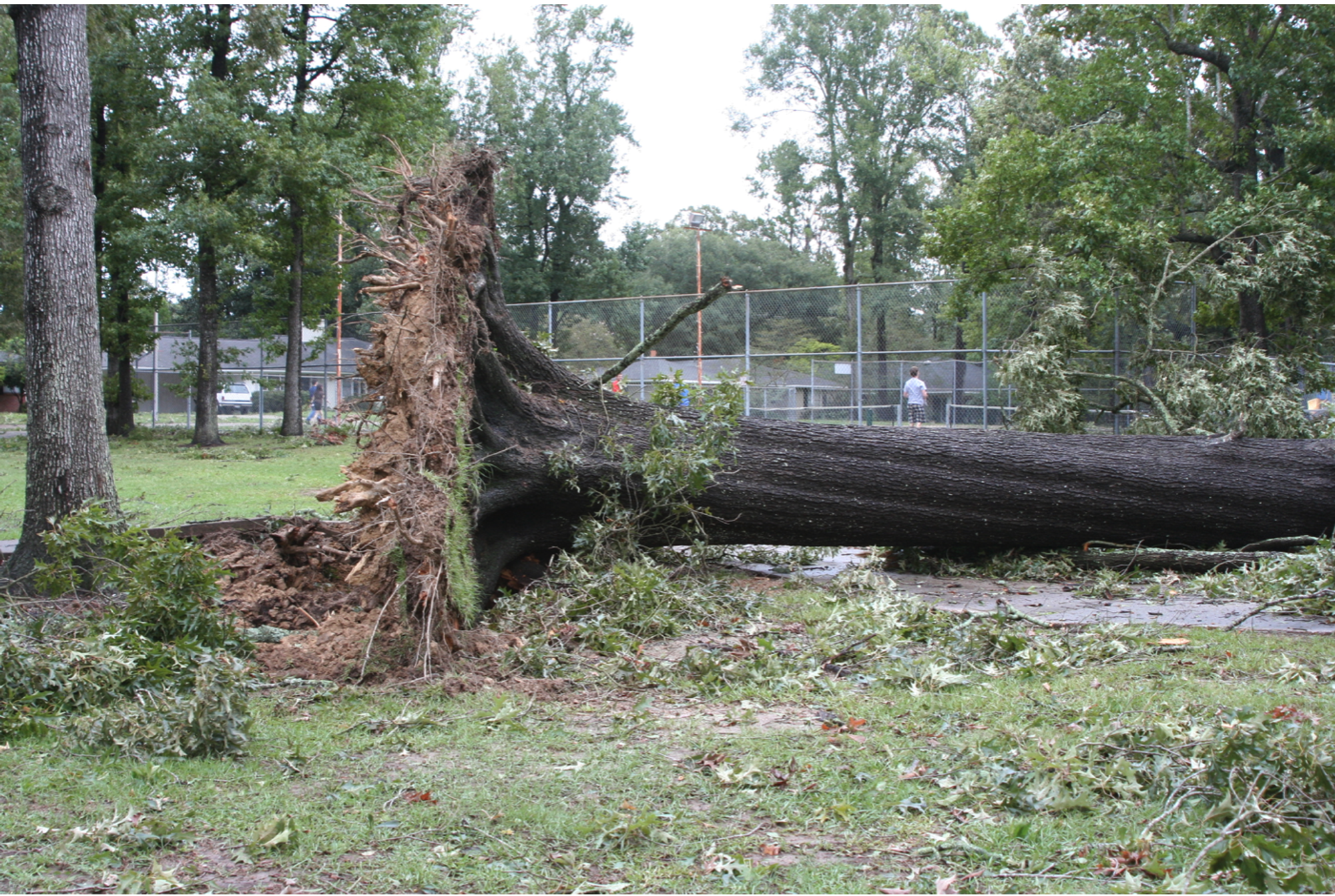Lesson Information
Positive Psychology Learning Outcomes
Students will...
- define stress.
- define resilience.
- identify ways to increase resilience.
- recognize that stress can reduce resiliency.
- understand the relationship between stress and resilience.
Language Learning Outcomes
Students will...
- use pre-listening strategies to improve listening comprehension.
- use conditional statements with when.
- use thinking before speaking to improve communication.
Materials Needed
Overview
Explain to the students that they will learn about resilience and then be able to talk about things they can do to become more resilient.
Activate Background Knowledge
Write the word resilience on the board or use the PowerPoint Presentation
- Give students 1 minute to talk with a partner about what they know about resilience.
Note: Most students may not be familiar with this word. Allow them to look up definitions or translations to help them understand the meaning.
Activity 1: Listening/Speaking
Explain to the students that what they just did was a listening strategy that they can use to help enhance their listening comprehension.
- We often refer to this as pre-listening or previewing. At the beginning of the class, we talked about resilience and prepared for the listening activity by sharing ideas.
- Tell the students that they will watch a short video about resilience. Ask them to listen for a definition.
- Play the video.
What is Resilience?
https://edtechbooks.org/-IjhU
- Have students work in pairs to discuss how their definition of resilience is the same or different from what was previously expected.
- Ask the students to share how talking about resilience first made the video easier to understand.
- Tell the students that they will watch the video again. Ask them to listen for what resilience helps people do.
- Play the video a second time.
- After the video, have your students share with a partner one benefit of being resilient.
- Discuss as a class.
Activity 2: Listening/Speaking
Tell students that predicting is when you guess about something in the future. When listening, you can try to predict what the video will discuss before you listen to enhance listening comprehension.
8 Things Resilient People Do
https://edtechbooks.org/-xTkV
- Tell the students that we will do another pre-listening activity—predicting. Have students look at the thumbnail of the video. Read the title, "8 Things Resilient People Do."
- In pairs or small groups give students time to predict what some of those things might be.
- Play the video and ask students to get in their groups and discuss if their predictions were close.
- If you are using the PowerPoint Presentation, click the slide each time one of the 8 things is mentioned. Otherwise write the following on the board.
- Stay flexible and open minded
- Practice patience and kindness
- Stay optimistic
- Live in the present
- Value and build good relationships
- Know and consider your limits
- Know how to handle rejection
- Enjoy spending time alone
- If time permits, you may want to watch the video two times
Activity 3: Listening/Speaking
The purpose of this activity is to introduce Part 2 - Stress
Building personal resilience
https://edtechbooks.org/-QKhp
- Use the PowerPoint or write Problem Management on the board
- Explain that some people connect Resilience with Problem Management, or in other words, resilient people manage problems well.
- Before playing the video, ask the students to listen for ways to become more resilient.
- After watching the video, talk about the relationship between stress and resilience. High Stress reduces our ability to be more resilient. Low stress can help us become more resilient.
- Use the PowerPoint to show these images. You may also draw something similar on the board.



- Use the example of a tree. When a tree feels the wind it bounces back. But with too much wind or other stressors, the tree will fall.

Retrieved from: 90 (1760×1174) (brightspotcdn.com)
- Show this image or draw ones similar to them.
Activity 4: Listening/Speaking
Write the word stress on the board or use the PowerPoint Presentation
- Give students 1 minute to talk with a partner about what they know about stress.
Note: Most students may not be familiar with this word. Allow them to look up definitions or translations to help them understand the meaning.
- Write the definition of stress on the board or use the PowerPoint Presentation
Activity 5: Listening/Speaking
As a class, brainstorm things that might cause stress. Write these on the board for later in the class.
- Use the PowerPoint Presentation or the board to introduce the following concept.
- Conditional sentences have two parts: the condition and the response.
- Use when for conditions that will happen. Use if for conditions that might happen.
- Explain to the students that when stressful things happen we can remember the 8 things resilient people do.
- Use the PowerPoint Presentation or the board to show the following examples:
- When someone disagrees with me, I can be open-minded.
- When someone is rude to me, I can be kind.
- When something doesn't work out like I planned, I can stay optimistic.
- When I remember something sad, I can live in the present.
- When I argue with a loved one, I can remember the importance of good relationships.
- When someone asks me to do something I don't want to do, I consider my own limits.
- When I don't get offered my dream job, I can think of others to handle rejection better.
- When I need a break but I'm too busy, I can stop and enjoy spending time alone to feel better.
- Ask students to write down three sentences using when and conditions.
Speaking Strategy: In presentational speech and in some interactional speech, we can prepare for speaking by writing down ideas in complete sentences or just a list of words.
- Talk to students about the value of thinking and even writing before they speak.
- Invite students to share their sentences with a partner without using their paper.
- Ask students to share some of their thoughts with the entire class.
Activity 6: Speaking
Use the PowerPoint Presentation or the board to introduce the following concept.
- You can use conditionals in questions.
- When someone offends you, what do you do?
- What do you do when someone offends you?
- When your plans fall through, what can you do to manage stress?
- What can you do to stay calm when your plans fall through?
Note: There may be some unfamiliar vocabulary here.
- Students are going to interview one another. They will take turns being the interviewer and the resiliency expert.
- Model the conversation. A: What do you do when you get bad grades? B: When I get bad grades, I try to stay optimistic.
- Put students into pairs. (Decide who goes first in some clever way). Let person A ask questions for 3 minutes and then let person B ask questions for 3 minutes.
- While monitoring their group work, identify 1 or 2 pairs that could demonstrate in front of the class.
- Have 1 or 2 pairs show part of the conversation to the whole class.
Summary
3-2-1 Review
With a partner, have students share:
- 3 things that resilient people do
- 2 strategies for listening and/or speaking
- 1 thing they will change to become more resilient
Homework
Preferred homework:
- Pick one of the 8 things that resilient people do and work on it the whole week. Tell your teacher about what you want to work on and why in a short recording (1 minute). (Follow-up activities may be connected to this.)
Here are some other possible homework assignments:
- Ask students to record themselves telling about a time when they faced a challenge and how they overcame it.
- Ask students to record themselves giving advice to a friend who is experiencing some type of stress.
- Ask students to find and listen to a video on resilience.
- Ask students to talk about ways to eliminate stress.
Follow-Up
Tuesday:
Ask students to identify stressors that can be softened by developing the trait they've decided to work on. Have them then share answers with small groups and with the class.
Wednesday:
Share your goal with two people in the class. Ask them what they've already done to practice their selected trait.
Thursday:
With three days of practice, offer advice to a classmate on how to become resilient. Share personal experiences. Invite students to continue trying to be more resilient. Use conditionals.
Other Activities:
- There are a number of youtube videos that talk about resilience. Showing one at the beginning of class and doing pre-listening may help them think more about resiliency.
- Highlight one of the 8 traits each day.
- Have a random list of things that stress people out. Each person has one and they need to identify an action they can undertake to overcome the stressor.